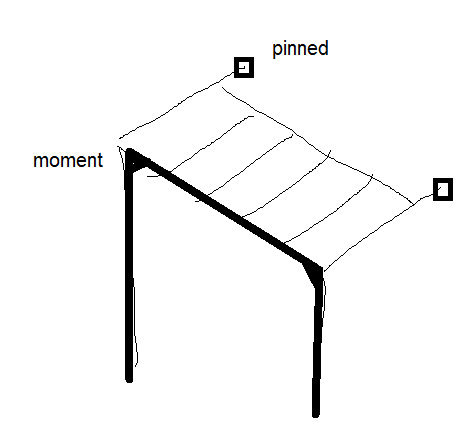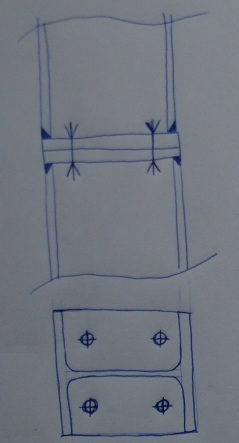mats12
Geotechnical
- Dec 17, 2016
- 181
Hi, Id like to design a new steel construction for balconies next to existing house.
My experiences with steel constructions/connections are limited so I have few questions.
1. main frame (marked red) has to be a moment frame, but side frames dont have to be, right?
2. stability of construction is provided by a house in Y directions and by a moment frame and bracing in X direction
3. bracing in balcony plane is mandatory, right?
4. supports has to be fixed?
5. what do you guys think about my connections, are they alright? something more simple, cheaper?
I would like to get a design/model right from the start. Calculating connections would not be a problem for me, but to choose the right/best ones is an issue for me.
I was trying to use RHS profiles but Im not confident about connections. I think its better and easier to choose H profiles?
I really hope you guys will help me out with some suggestions and pictures of connections.
tnx in advance

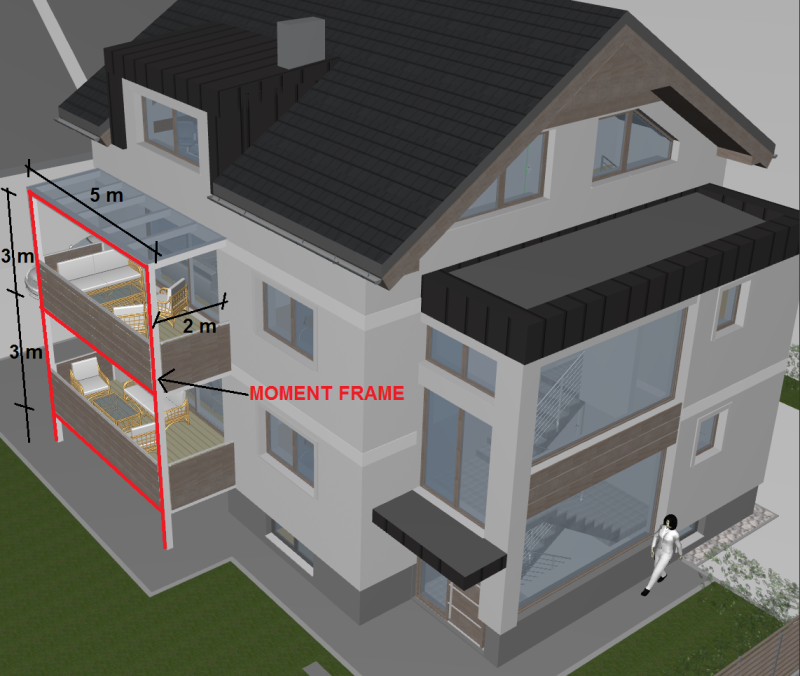
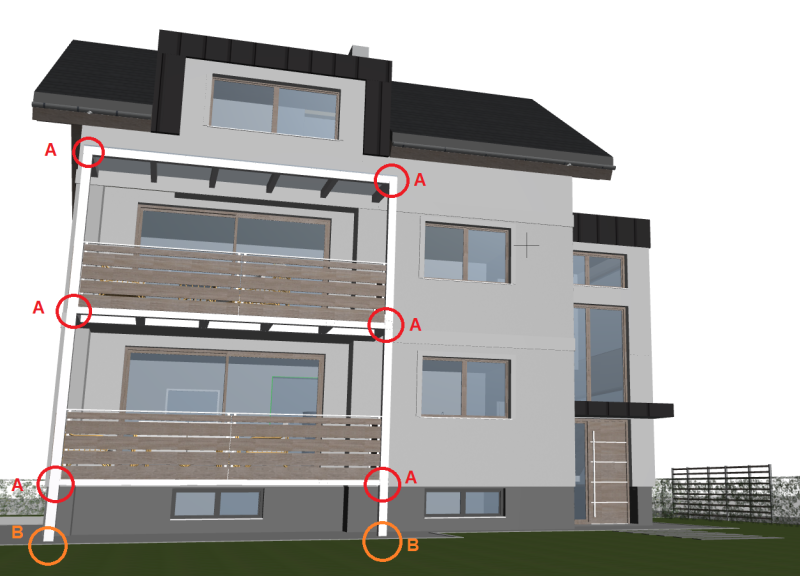
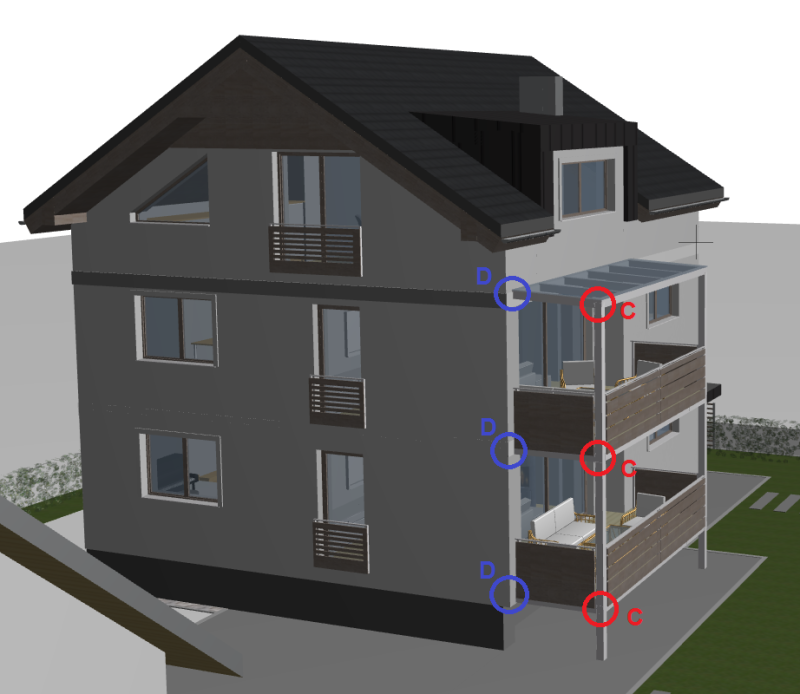
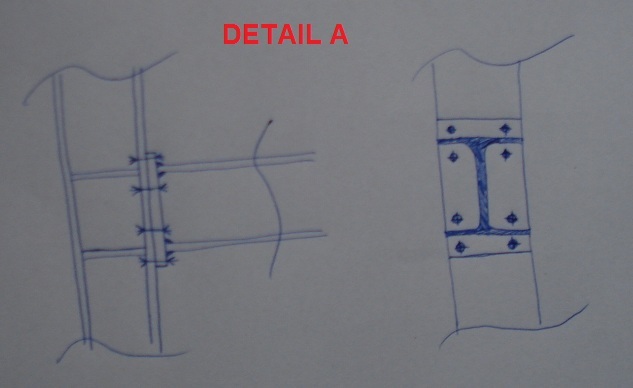
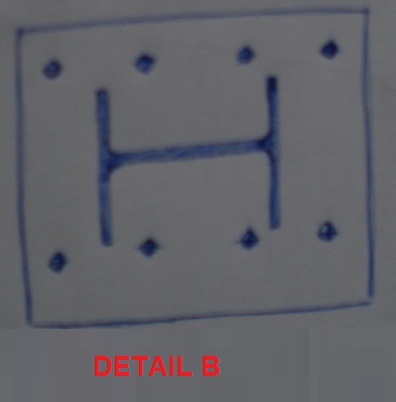
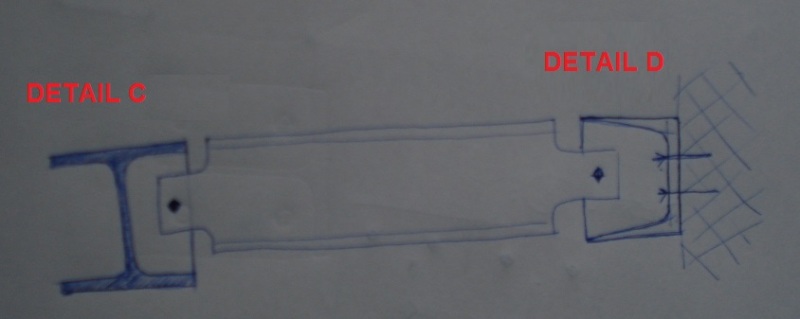
'column - column' moment connection
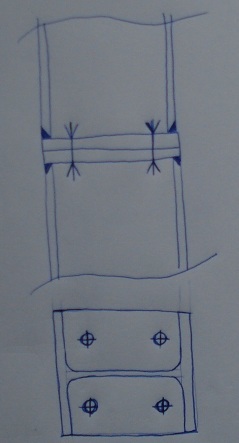
My experiences with steel constructions/connections are limited so I have few questions.
1. main frame (marked red) has to be a moment frame, but side frames dont have to be, right?
2. stability of construction is provided by a house in Y directions and by a moment frame and bracing in X direction
3. bracing in balcony plane is mandatory, right?
4. supports has to be fixed?
5. what do you guys think about my connections, are they alright? something more simple, cheaper?
I would like to get a design/model right from the start. Calculating connections would not be a problem for me, but to choose the right/best ones is an issue for me.
I was trying to use RHS profiles but Im not confident about connections. I think its better and easier to choose H profiles?
I really hope you guys will help me out with some suggestions and pictures of connections.
tnx in advance







'column - column' moment connection


